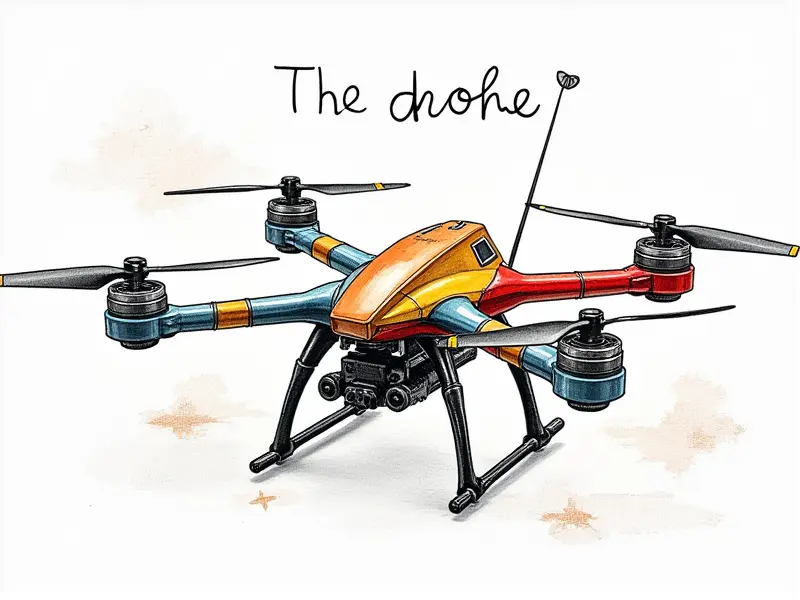How to make a drone autonomous

How to Turn Your Drone Into a Pro AI Pilot
Transforming your drone into an autonomous AI pilot is an exciting venture that opens up endless possibilities in aerial photography, surveillance, and more. This guide will walk you through the essential steps to make your drone fly solo with artificial intelligence.
DIY Autonomous Drone Setup Guide
To set up a DIY autonomous drone, you need to follow several key steps:
- Selecting the Right Hardware: Choose components that support autonomy such as GPS modules and IMU sensors.
- Software Installation: Install autopilot software like ArduPilot or PX4, which are open-source platforms for drone control.
- Data Logging & Analysis: Use tools to log flight data and analyze performance metrics.
Make Your Drone Fly Solo with AI
Making your drone fly solo involves integrating advanced AI algorithms that enable it to navigate autonomously. This includes:
- Navigational Algorithms: Implement pathfinding and obstacle avoidance techniques.
- Sensor Fusion: Combine data from multiple sensors for accurate positioning.
Transform Your Drone with Autonomous Flight
To transform your drone into an autonomous flyer, consider the following enhancements:
- Camera Integration: Integrate cameras to capture high-quality images and videos during flights.
- Battery Management: Optimize battery usage for longer flight times.
Build an Autonomous RC Quadcopter
Building an autonomous quadcopter requires a solid understanding of electronics, programming, and aerodynamics. Here’s how to get started:
- Frame Design: Choose or design a frame that supports the weight and balance requirements.
- Motor & Propeller Selection: Select motors and propellers based on your performance goals.
Programming Your Drone for Self-Flight
Programming is crucial to making your drone autonomous. Key aspects include:
- Languages & Frameworks: Use languages like Python or C++ and frameworks such as ROS (Robot Operating System).
- Mission Planning: Develop scripts for mission planning, including takeoff, landing, and waypoint navigation.
Quick Start: Make Your Drone Smart
If you're looking to quickly make your drone autonomous, follow these steps:
- Install Autopilot Software: Begin with installing ArduPilot or PX4 on your drone.
- Configure Sensors: Calibrate and configure GPS, IMU, and other sensors for accurate data collection.
Autopilot for Drones: A Beginner's Guide
This section provides a beginner-friendly overview of autopilots:
- Choosing the Right Autopilot: Decide between ArduPilot, PX4, or other options based on your needs.
- Setting Up Communication: Ensure proper communication between the drone and ground control station.
Mastering Drone Autonomy in 5 Steps
Mastery of drone autonomy can be achieved through these steps:
- Understand Basic Concepts: Learn about navigation, sensor integration, and flight planning.
- Practice with Simulators: Use simulators to test your code before real-world flights.
The Future of Flying: Autonomous Drones
The future is bright for autonomous drones. Advancements in AI and sensor technology will continue to push the boundaries of what’s possible:
- Increased Efficiency: More efficient algorithms and better hardware integration.
- New Applications: Drones will find new applications in industries like agriculture, construction, and emergency response.
How AI Powers Autonomous Drone Flights
AI plays a crucial role in autonomous drone flights by enabling:
- Real-Time Decision Making: Drones can make decisions based on real-time data analysis.
- Predictive Maintenance: AI algorithms predict and prevent failures before they occur.
In conclusion, turning your drone into an autonomous pilot is a rewarding endeavor that requires knowledge in hardware selection, software programming, and AI integration. By following the steps outlined above, you can transform your drone from a manual RC quadcopter to a sophisticated autonomous flyer capable of handling complex missions with ease.

